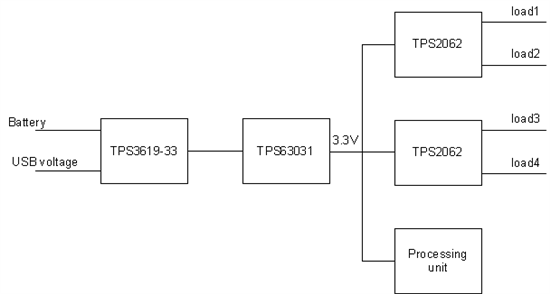For a project with a microcontroller, I am using TPS63031 switching
regulator from TI to convert the voltage from a Li-ion battery to a
+3.3V dc stabilized power supply. Periodically, the microcontroller wakes
up, takes samples from some sensors and then goes to sleep, then wakes
up again and so on. During sleep periods, most of the ICs of the board
are switched off (but not the regulator).
The problem is the following : I have noticed that when the current
consumption of the board during the active periods is above or around
50mA, then during the following sleep period the current consumption is
around 5.5mA. However, if the active current consumption is below 50mA
more or less, then the sleep current is around 700uA. Except for the
difference in the active current, there is no other difference between
the two cases. The same ICs are supplied during sleep for both cases. Thus, I can only explain the different current measurements by assuming that the regulator is responsible for this. I cannot understand
(1) why this difference exists and
(2) why the current is so high.
Theoretically, the current consumption of the rest electronics (except
for the regulator) during the sleep periods should be around 200uA or
less. Thus, I would expect that the total current consumption (with the
regulator) would be around 500uA or so.
Is it possible that these problems are caused by the regulator?


